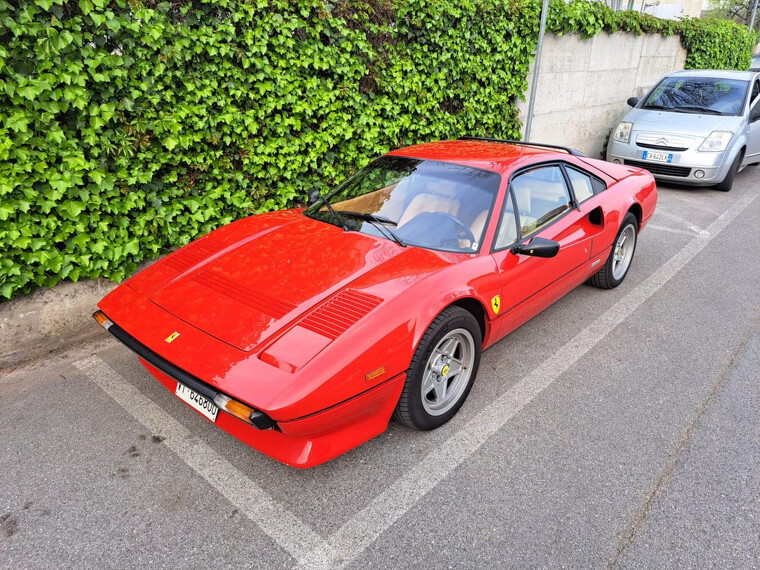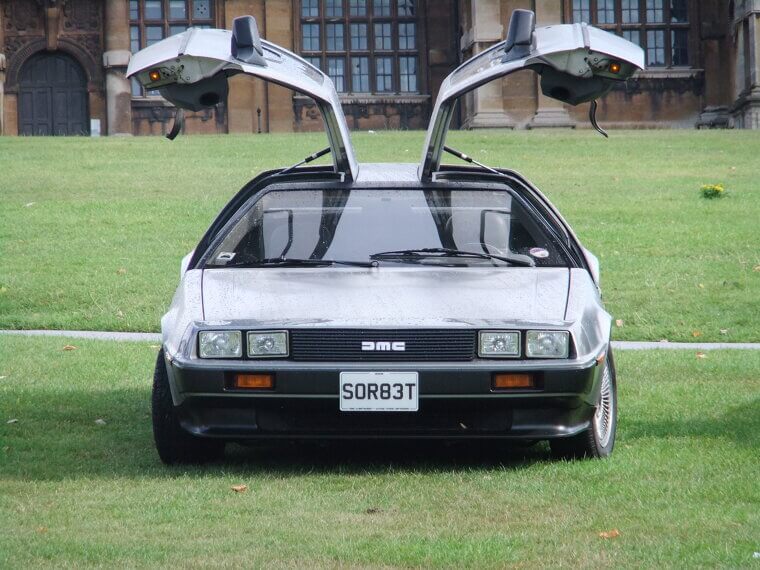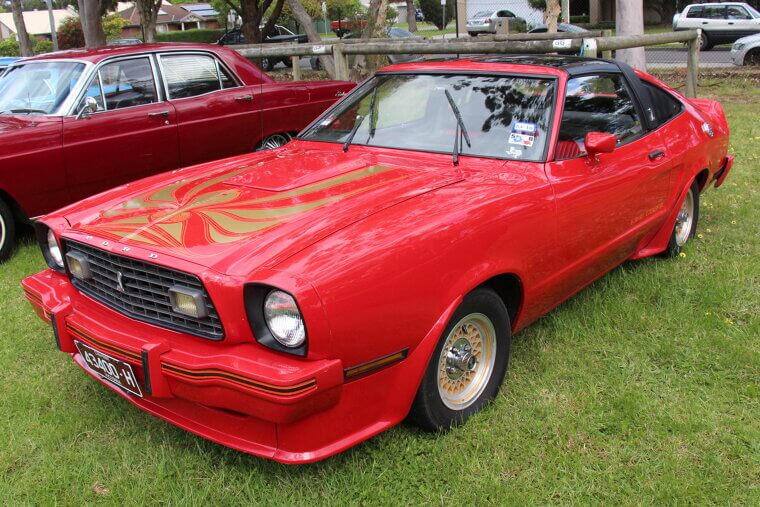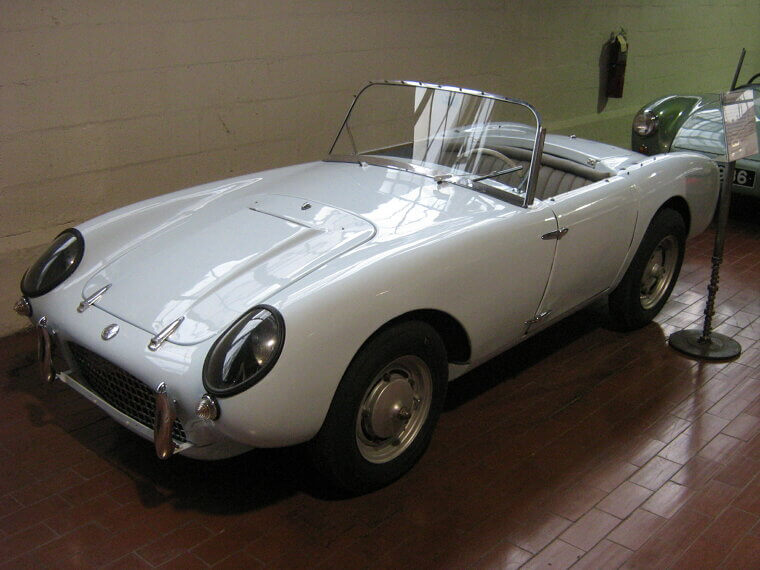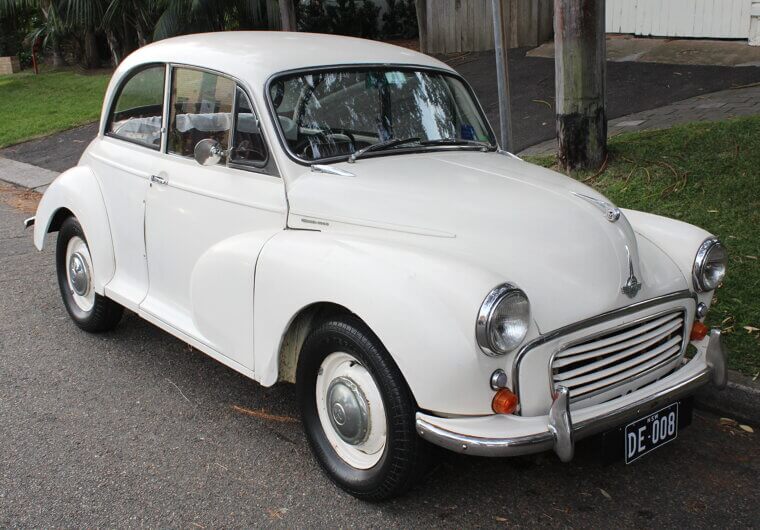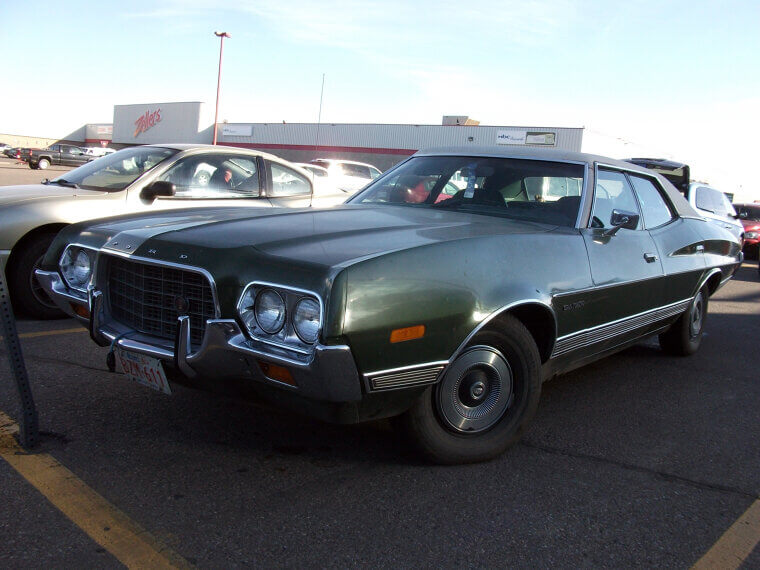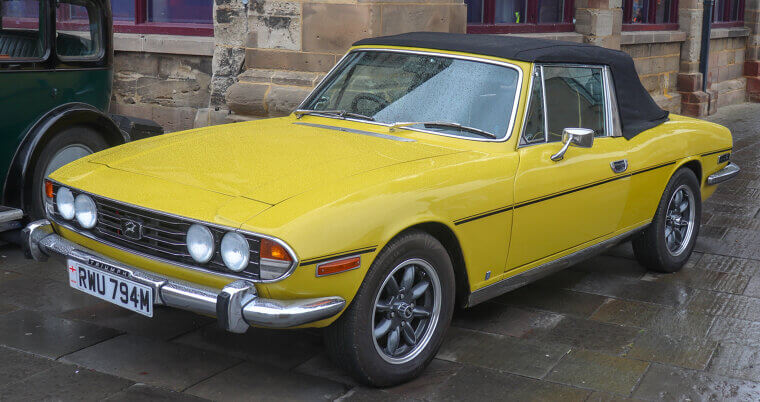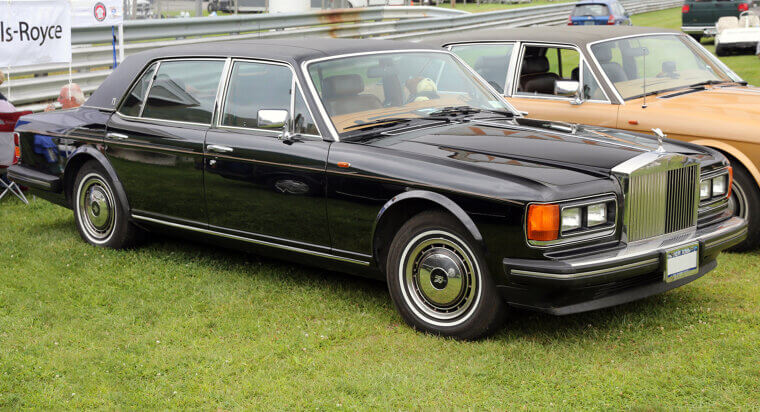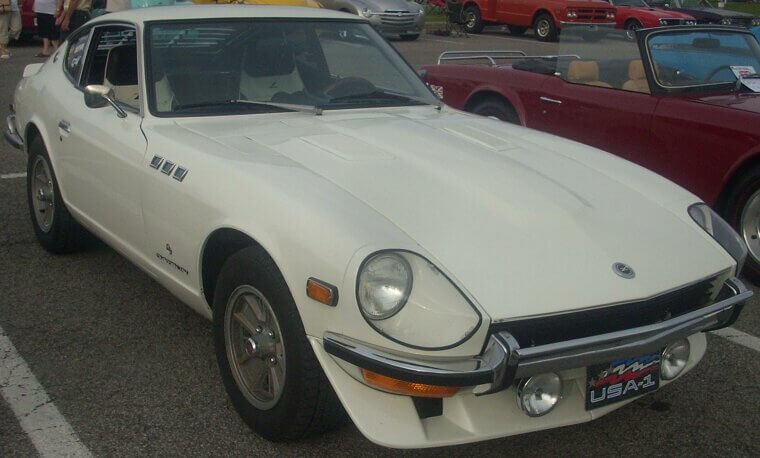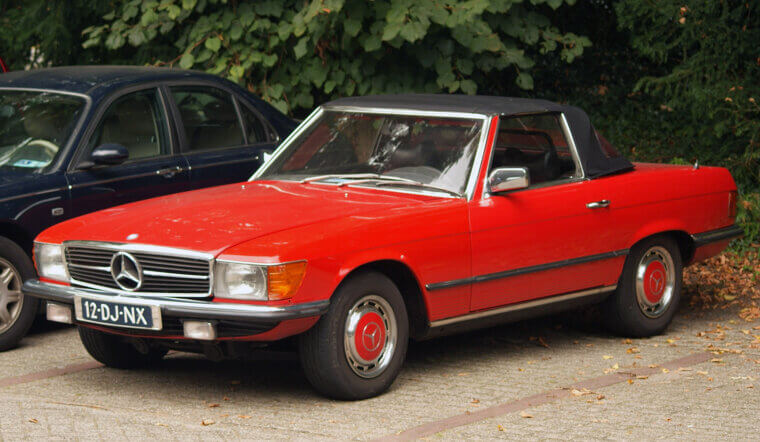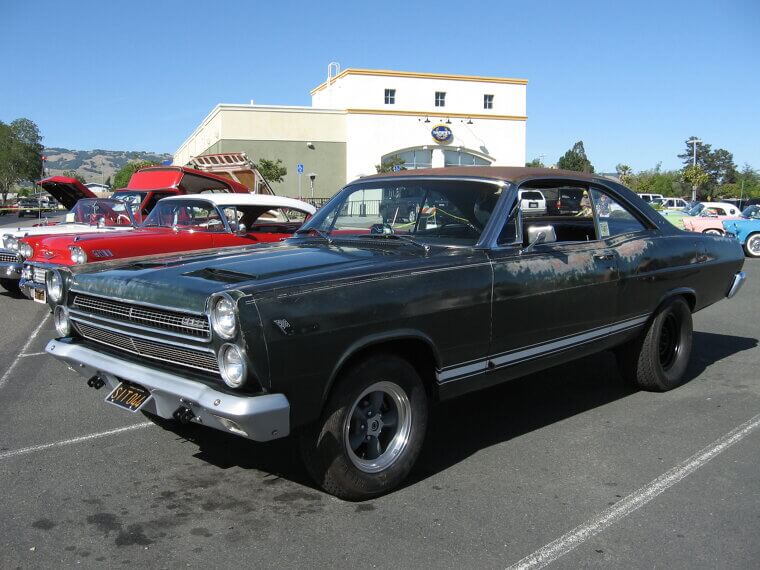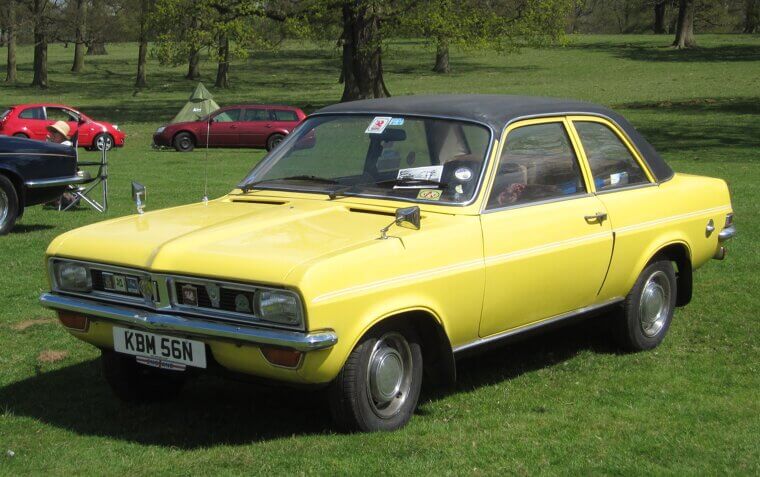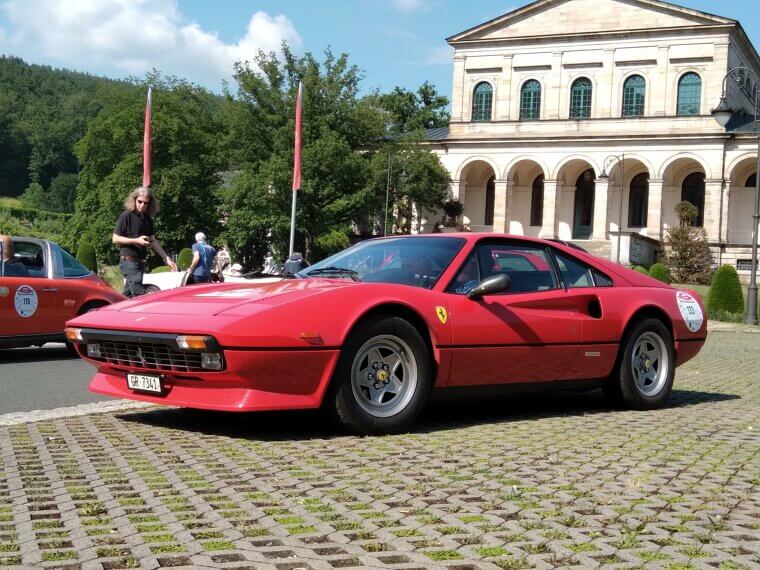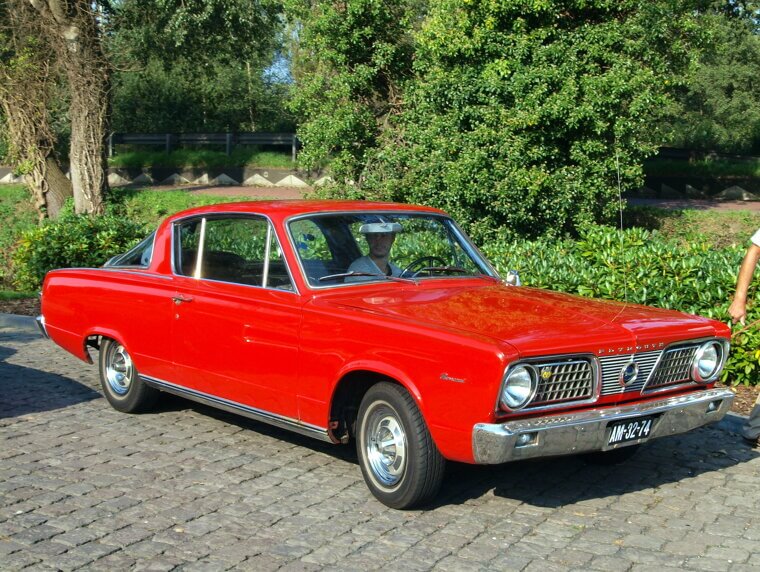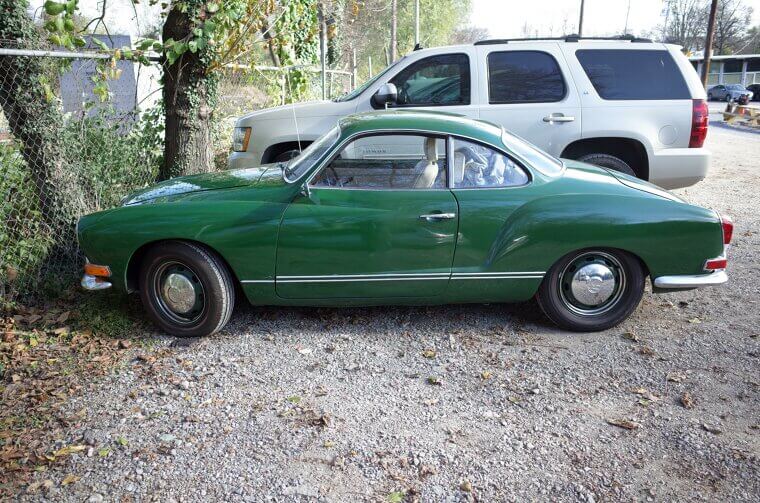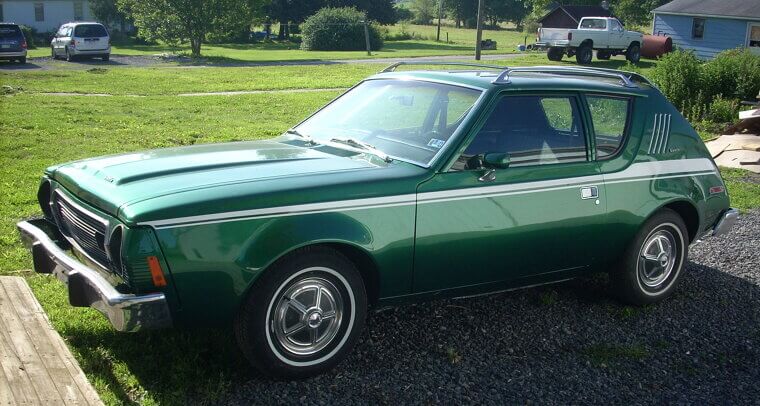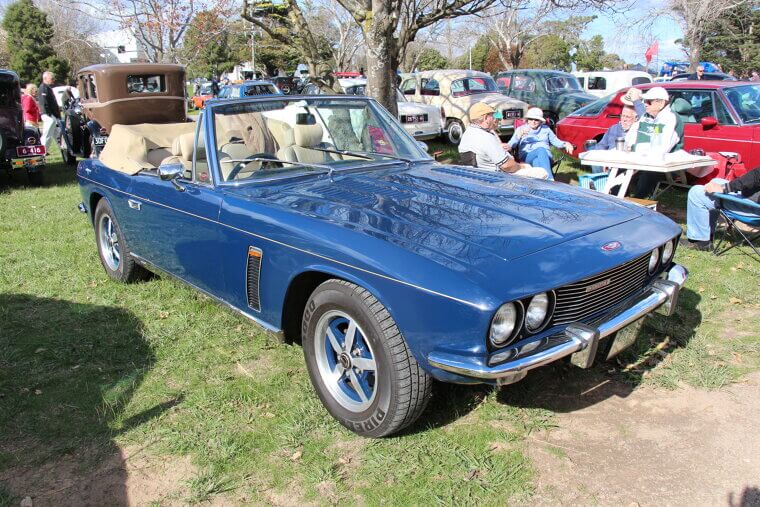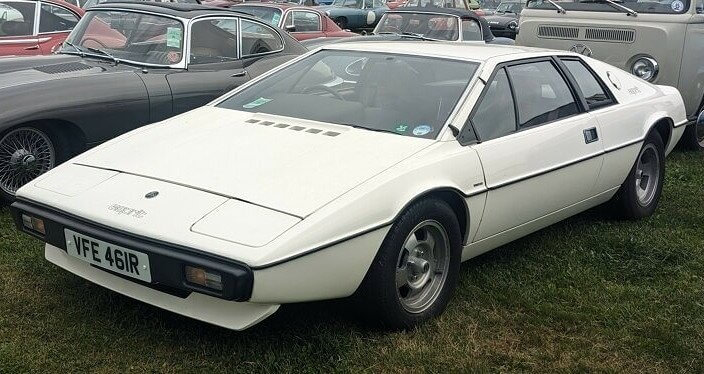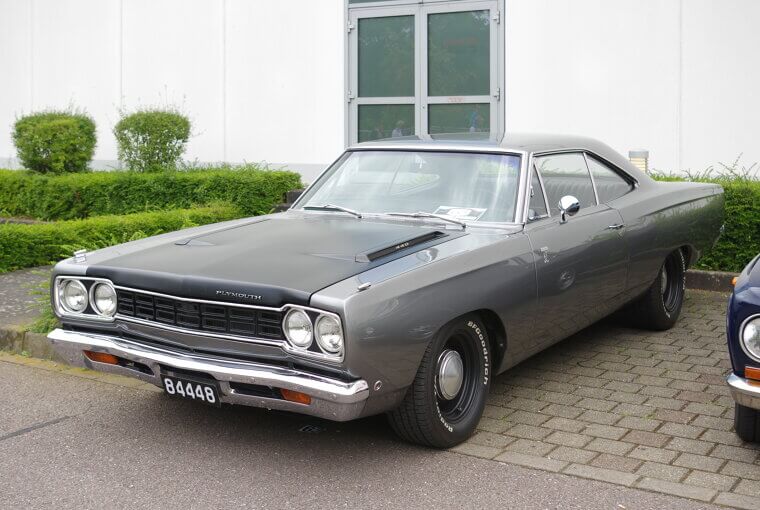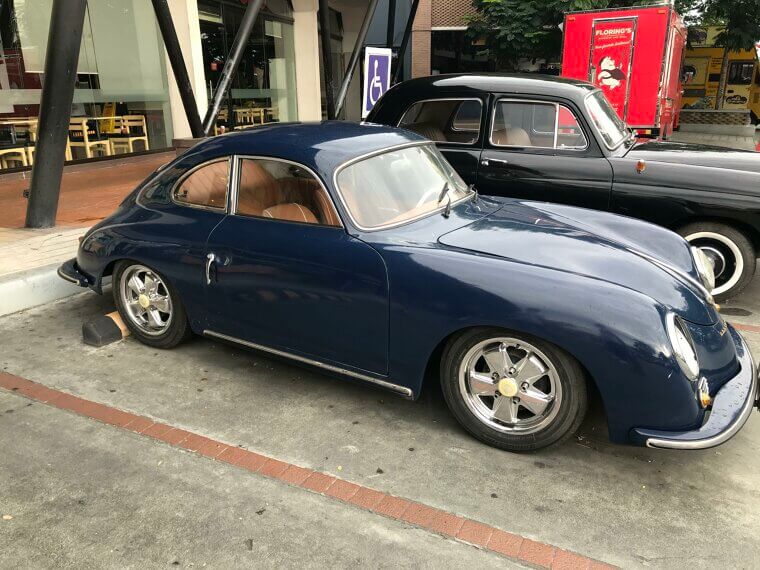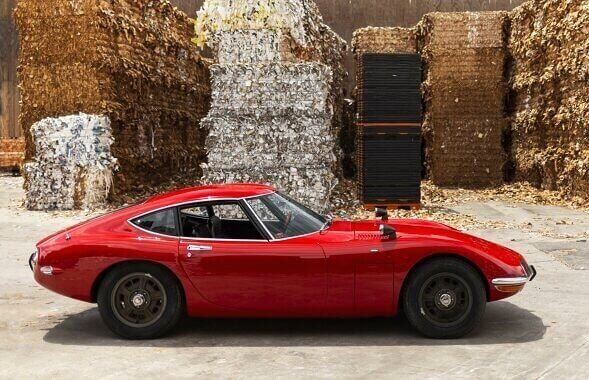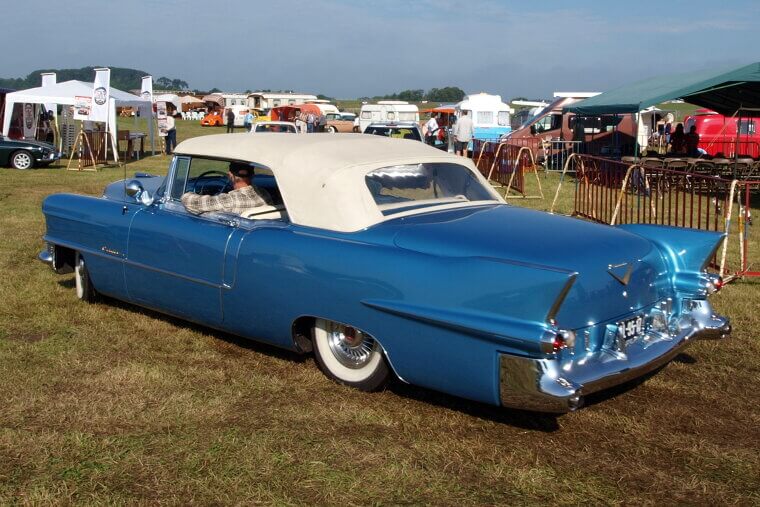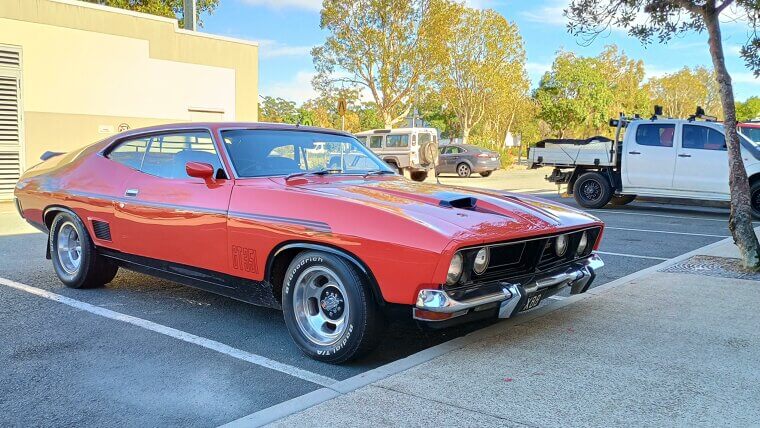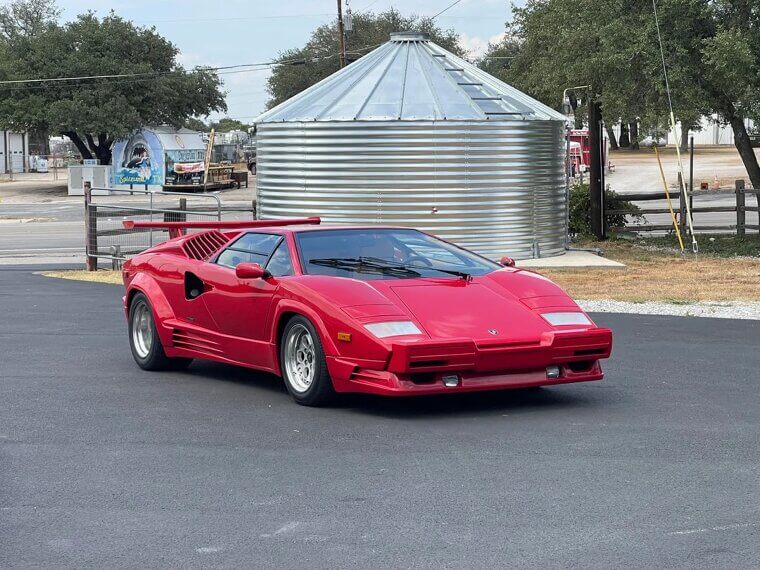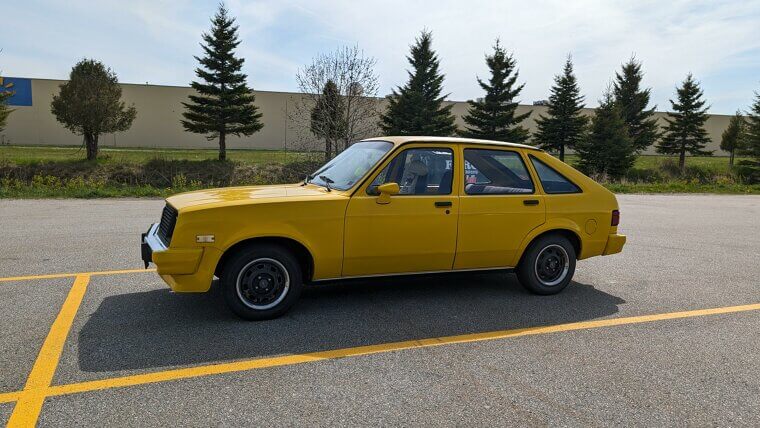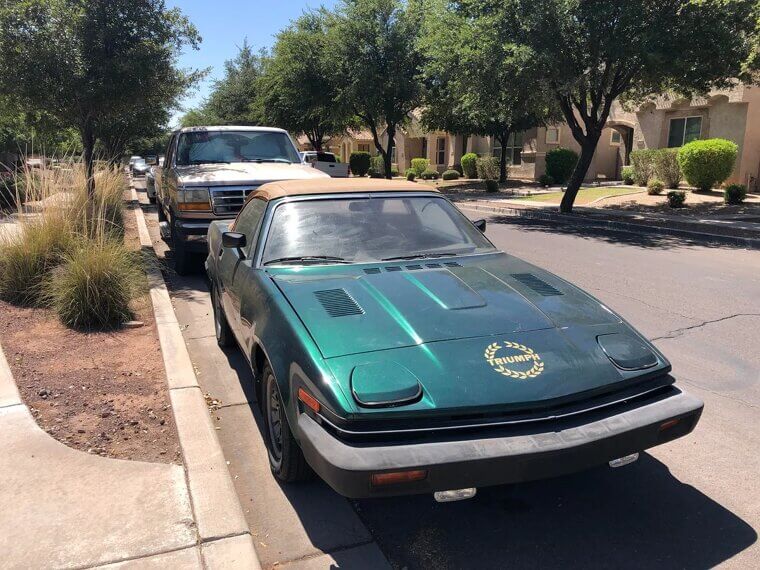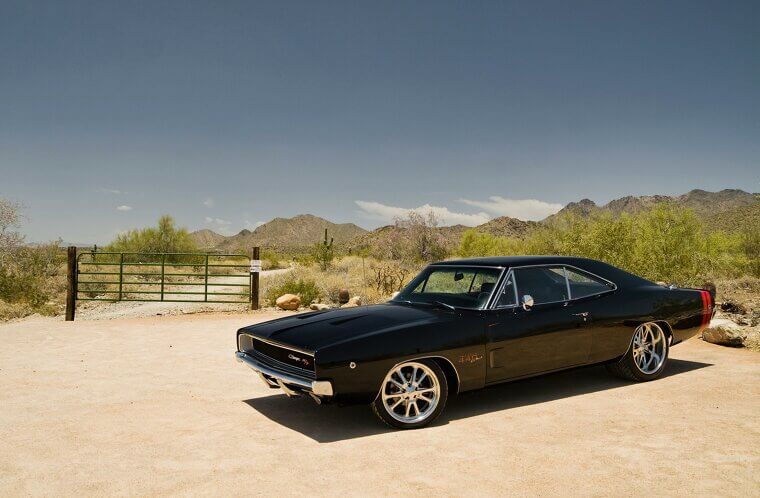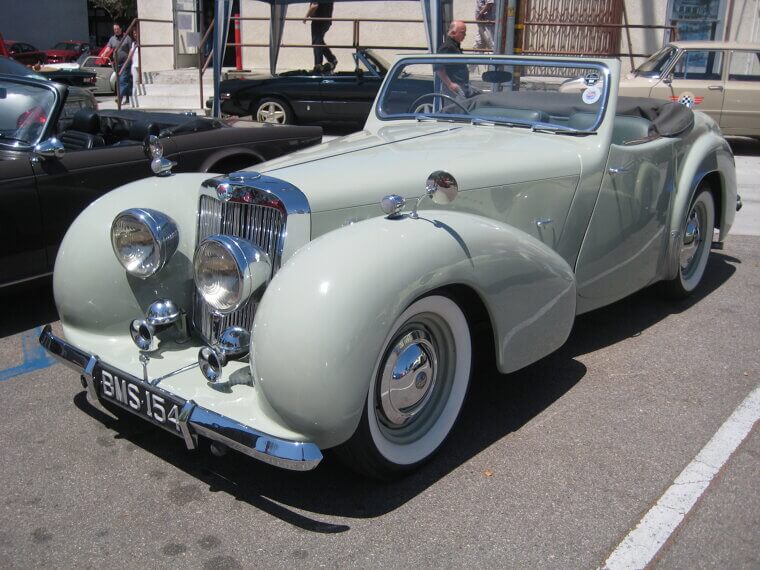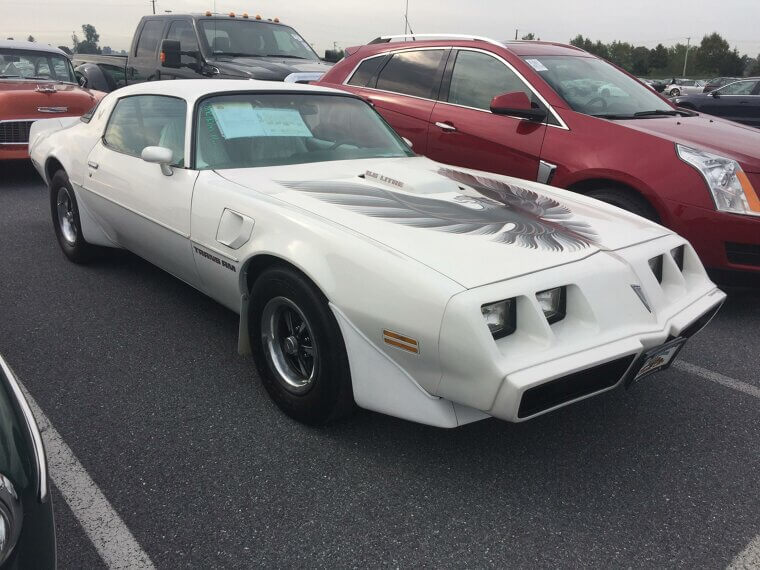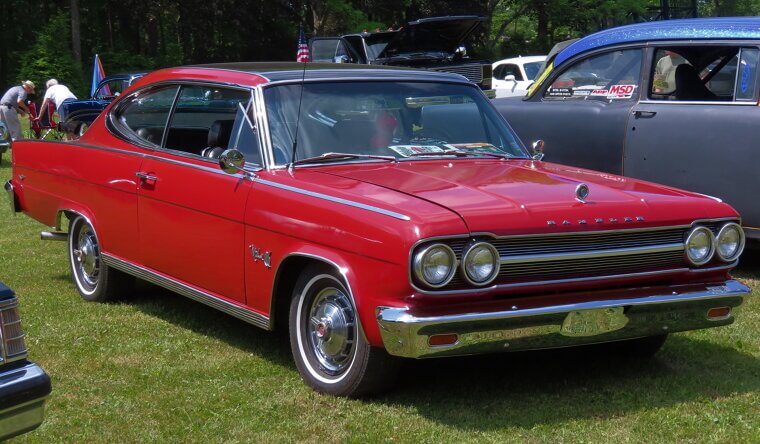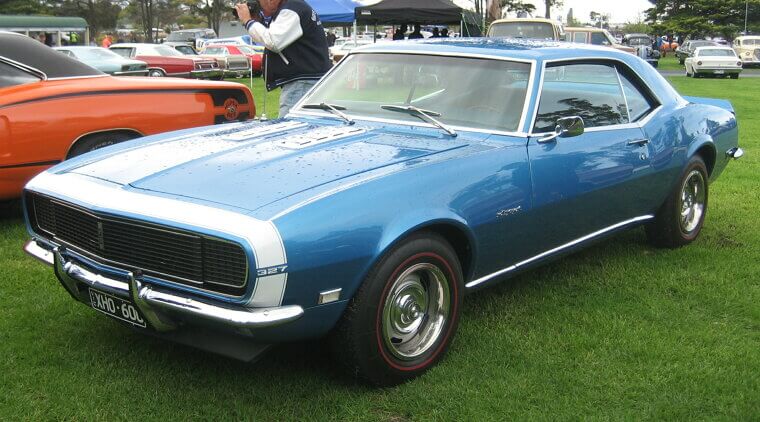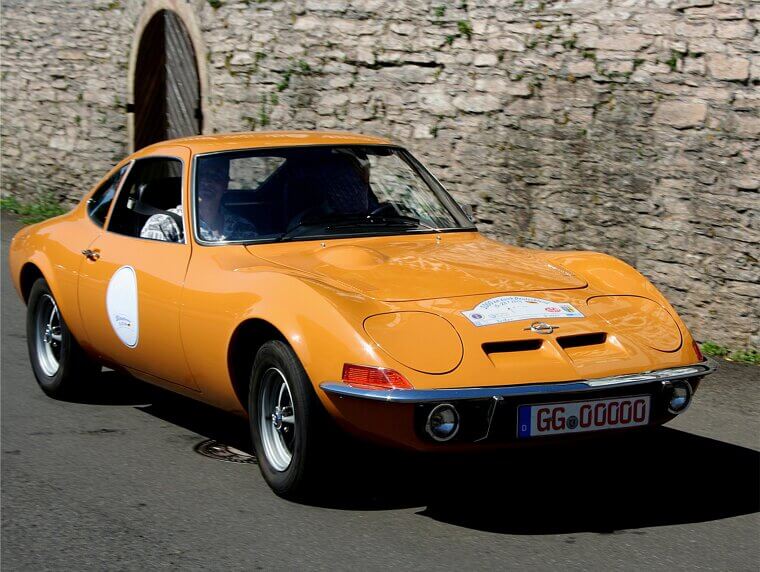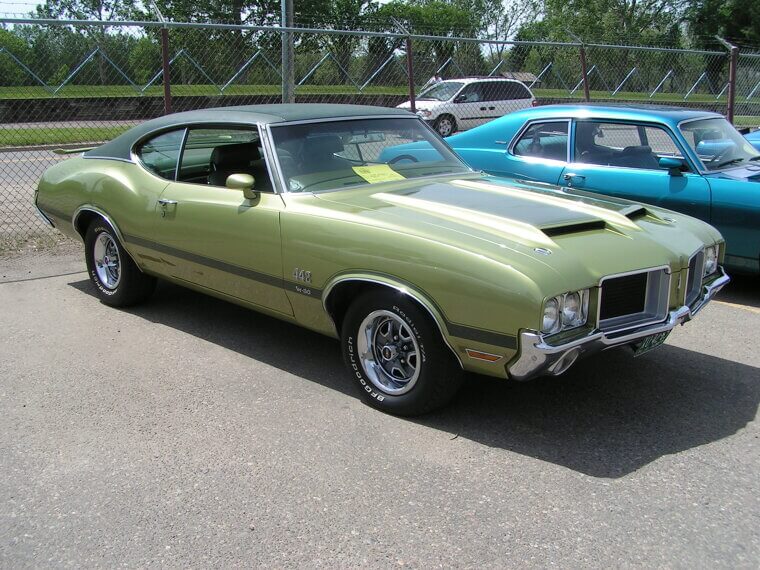Not All Classic Cars Live up to the Hype
When we think of classic cars, we imagine these huge, stylish beasts with roaring engines that ruled the roads. But not all classic cars were as impressive as they looked. Swipe through the slides to discover some classic cars that looked fast but weren’t.
Looks can be deceiving, and these so-called speedsters prove that style doesn’t always come with substance or speed.
DMC DeLorean
Though it made its fame rocketing into the past at 88 mph in Back to the Future, the DMC DeLorean could go faster in real life. It could reach 110 mph, but its heavy body meant it was slow to accelerate, so actually reaching that top speed was difficult. The sleek stainless steel exterior and gull-wing doors promised performance, but that was mostly illusion.
Underneath the flash, the car’s underwhelming 130-horsepower engine left it sluggish—far more showpiece than street racer.
Ford Mustang King Cobra
All muscle, no speed? That’s probably the best way to describe the Ford Mustang King Cobra. This gorgeous classic car was nothing short of a God on wheels, but it had a limited V8 engine, which limited horsepower and made it sluggish to drive. It looked ready to tear up the asphalt but couldn’t deliver the thrills.
Despite the aggressive styling and bold Cobra decals, this Mustang was more about attitude than actual acceleration—a poser in performance clothing.
Berkeley Sports SE328
The Berkeley Sports SE328 was a microcar with an Excelsior motorcycle engine, so that should have guaranteed its speed, right? Wrong! This tiny sports car actually only had a top speed of 65 mph, and it took around 30 seconds to go from 0–50 mph. That’s less “zoom” and more “yawn.” Its lightweight fiberglass body looked zippy, but performance was another story entirely.
Despite its sporty design and two-seat layout, the SE328 was built more for charm than for chasing horizons.
Morris Minor 1000
For a car that was first manufactured in the 1950s, a top speed of 73 mph isn’t too shabby. However, the Morris Minor 1000 looked so lightweight and sleek that we’d expect it to be much faster. But it was a great success regardless. Its smooth curves, low profile, and nimble size gave the illusion of sporty speed it simply didn’t possess.
Still, the Minor won over hearts with its reliability, charm, and practicality—proving speed isn’t everything in a classic.
Ford Gran Torino
The Ford Gran Torino is one of the most iconic American muscle cars of all time, but not the fastest. Despite having a potential top speed of 140 mph, the Gran Torino often struggled to accelerate because the initial models were fitted with smaller, less powerful engines. It looked tough and mean, but appearances were deceiving. Many drivers found the performance didn’t quite match the aggressive styling.
Later models improved slightly, but the early Torinos left a gap between muscle car image and muscle car reality.
Triumph Stag
This stag is definitely more of a fawn! Though it may have looked like a classic touring sports car, the 1970 Triumph Stag was let down by its V8 engine. It should have been able to easily exceed 100 mph, but the engine frequently overheated and was unreliable. Drivers were often left stranded or frustrated by the car’s mechanical issues.
Its elegant design and open-top style screamed speed and sophistication, but under the hood, the Stag simply couldn’t keep up with expectations.
Rolls-Royce Silver Spirit II
Rolls-Royce may be known mostly for luxury, but many of the brand’s cars are also great speedsters. Unfortunately, the Silver Spirit II, also called the “Silver Spur,” was not one of them. Its V8 engine had potential, but was dragged down by poor acceleration. The car was built for comfort and grandeur—not quick takeoffs or track-worthy performance.
It floated over roads like a cloud, but if you were expecting a luxury rocket, this elegant cruiser would leave you patiently waiting.
Datsun 280Z
Many classic cars had heavy builds, and the Datsun 280Z is a great example of why that wasn’t always a good thing. Its weight slowed it down, resulting in low horsepower and difficulties speeding up. It lacked the sporty performance promised by its design. The sleek lines and aggressive front end hinted at thrills, but real-world driving told a different story.
While it handled decently for its era, the 280Z often left enthusiasts wanting more when it came to raw speed and acceleration.
Mercedes-Benz 280SL
With a top speed of 124 mph, the Mercedes-Benz 280SL might seem out of place on our list. However, it was known for having slow reaction times, which meant that many drivers struggled to accelerate promptly enough in order to reach those higher speeds. Its automatic transmission often felt sluggish, and the weight didn’t help. The performance lag was noticeable.
Despite its elegant looks and engineering pedigree, the 280SL was more suited for relaxed cruising than spirited, high-speed driving.
Mercury Comet Cyclone
Comets move at speeds exceeding 1 million mph, but of course, we didn’t expect that of the Mercury Comet Cyclone! However, its speed did disappoint. Before it became the record-setting Mercury Cyclone, the first Comet Cyclone produced only 290 horsepower, putting it well behind other classic muscle cars. It looked fast with its bold styling and muscle-bound build, but the early specs didn’t match the image.
It had presence and potential, but the original Comet Cyclone wasn’t built to dominate the drag strip.
Vauxhall Viva
The Vauxhall Viva has improved over the years, but the original was almost painfully slow. It had a sleek, lightweight design that looked perfect for zipping around the city, yet it was only capable of reaching around 78 mph on its best days! Its modest engine offered minimal horsepower, and the acceleration left much to be desired. Looks alone couldn’t hide the underwhelming performance.
Despite its urban-friendly size and clean styling, the original Viva fell short of delivering the pep its appearance suggested.
Ferrari 208 GTB
Ferrari is the most successful Formula One team ever, but not every car they’ve produced would win the Championship. The Ferrari 208 GTB looked spectacular, and while a top speed of 134 mph seems fast, it was nothing compared to what other Ferraris were capable of. Its small-displacement V8 engine was built to dodge Italian tax laws, not break speed records.
Despite its signature curves and racing heritage, the 208 GTB was a Ferrari in form—but not quite in fire-breathing function.
Chevrolet Vega
The 1971 Chevrolet Vega was another classic muscle car that had the potential to rule the roads. However, it’s now considered to be one of the slowest Chevies, with a very modest 90 horsepower. The Vega also suffered from a low-quality, rushed construction. Its aluminum engine was prone to overheating, and early models developed rust and reliability issues.
Despite the sporty appearance and Chevrolet branding, the Vega became more of a cautionary tale than a celebrated member of the muscle car family.
Plymouth Barracuda
The Plymouth Barracuda was designed to compete against the Ford Mustang, but it fell short in one crucial area: speed. Despite looking like an aggressive and powerful vehicle, the Barracuda was too heavy to accelerate efficiently and often struggled to reach its top speed. Its bulk made it sluggish off the line, disappointing muscle car fans. Performance didn’t always match the fierce exterior.
Although later versions gained more power, the early Barracudas couldn’t quite swim with the big fish in the pony car pond.
Volkswagen Karmann Ghia
We think that the Volkswagen Karmann Ghia is underrated, but we can’t deny that it’s also one of the slower classic sports cars. Back in the ‘50s, it garnered a reputation for being underpowered, despite its sporty build, which was due to its basic flat-four engine. It looked like it could zip through winding roads, but its performance was far from thrilling.
The Ghia had style in spades, but when it came to speed, it was more of a cruiser than a contender.
AMC Gremlin
Perhaps naming a car after a supernatural being who causes mechanical problems is bad luck! Ironically, the AMC Gremlin had poor handling, and its engine struggled to properly accelerate, even with a potential top speed of around 100 mph. It was sluggish to drive. The compact shape and sporty marketing promised excitement, but the reality was underwhelming at best.
Despite its quirky charm and unique design, the Gremlin was more of a novelty than a nimble performer on the open road.
Jensen Interceptor
Another ironically named car is the 1966 Jensen Interceptor, which often intercepted its own speed. Though it was capable of reaching approximately 130 mph, it was a very heavy car, and its grand touring weight made it difficult for drivers to achieve real speed. Acceleration lagged, and the bulk compromised its agility on the road. Looks and numbers didn’t tell the whole story.
Despite its luxurious interior and striking design, the Interceptor was better suited for leisurely drives than high-octane action.
Lotus Esprit
The classic Lotus Esprit was sleek, aerodynamic, and looked fit for the race track. However, it was tragically underpowered, especially in its earliest form. The pre-V8 Esprits promised speeds that seemed impossible to reach, and many drivers were disappointed with their purchases. Its lightweight body hinted at nimble speed, but the engine just didn’t deliver enough muscle to match the hype.
While later models improved, the original Esprit remained a prime example of style overshadowing true sports car substance.
Plymouth Road Runner
Don’t let the name deceive you! The Plymouth Road Runner was more of a walker, especially compared to some of its closest competitors. Its biggest problem was being manufactured during the ‘70s, when many cars declined in performance due to emission restrictions. While it had a reputation for muscle, later models lost much of their bite. The styling stayed bold, but the speed didn’t follow.
Even with its cartoon-inspired branding, the Road Runner struggled to keep pace in a changing automotive era.
Porsche 356
Porsches are beloved for many reasons, but they aren’t always the fastest classic cars. The 356 was known for being slow, with a measly top speed of 83 mph. We’d definitely expect more from a car specifically designed to be lightweight and swift. While it handled well and looked the part of a nimble racer, its performance was modest at best.
Though historically important and undeniably stylish, the 356 prioritized charm and balance over brute speed and raw acceleration.
Toyota 2000GT
Though the Toyota 2000GT had excellent handling, it wasn’t quite the speedy little vehicle it appeared to be. It could reportedly reach a top speed of 135 mph, but many found it to be underwhelming, especially when accelerating. Its inline-six engine lacked the punch expected from such a sleek, low-slung beauty. The performance didn’t quite match the promise.
Still, we can’t fault the stunning design—it remains one of the most visually iconic Japanese sports cars ever built, even without blistering speed.
Cadillac Eldorado
The Cadillac Eldorado looks like a dream to drive, and in many ways, it was. But it didn’t offer the same speeding capabilities as many of its contemporaries. The classic Eldorado took more than 12 seconds to reach 60 mph, which can be attributed to its weight. Despite having a powerful engine, the car’s massive size worked against it.
It cruised in comfort and exuded luxury, but when it came to speed, the Eldorado lagged far behind the muscle car crowd.
Ford Falcon XB
Despite being named after a bird of prey, the Ford Falcon XB lacked the speed and surety associated with those predators. Many drivers described the Falcon XB as a “cruiser” rather than a serious speedster. But at least it found a good niche to fill. Its size, weight, and modest engine options made it more suited for relaxed driving than raw performance.
While it looked aggressive—especially in its Mad Max fame—it simply didn’t live up to its fierce name on the road.
Lamborghini Countach
Lamborghini’s slogan is “expect the unexpected,” but we never expected one of its cars to be slow! It may seem ridiculous to describe a 170-mph car as “slow,” but compared to its closest hypercar competitors, the Lamborghini Countach was trailing behind, even with its high-performance design. It dazzled with futuristic lines and scissor doors, but its real-world performance didn’t always impress.
Heavy handling, awkward visibility, and stiff controls meant that even at top speeds, the Countach wasn’t exactly a driver’s dream machine.
Pontiac T1000
Pontiac successfully launched many high-speed automobiles, but the 1982 T1000 didn’t quite reach its potential. It took around 30 seconds to reach 60 mph, which was a record at the time but far less than we’d expect from a car that looks this powerful. Despite its bold appearance, the T1000 was built more for economy than performance, and it showed.
Its compact frame and muscle-like styling suggested speed, but the reality was a poky ride that left thrill-seekers underwhelmed and impatient.
Triumph TR7
Though Triumph later launched a version of the TR7 called “Sprint,” the classic TR7 was more of a stroll. Many people found it difficult to reach the car’s top speeds, and the car started to get a reputation for being unreliable. At least it looked great! Its wedge-shaped design turned heads, but the driving experience often left owners frustrated and disappointed.
Mechanical issues, poor build quality, and lackluster acceleration made the TR7 a case of style over satisfying substance.
Dodge Charger RT 440
Dodge Chargers are known for being fast classic muscle cars, so what happened with the RT 440? It was simply too bulky to match the speed and slickness of much smaller and sportier cars at the time, lacking the aggression of its exterior. While it had a big-block engine with serious horsepower, the overall weight dulled its edge.
The RT 440 looked fierce and sounded mean, but it often fell short when it came time to prove itself on the pavement.
Jaguar E-Type
We’d love to take a classic Jaguar for a spin, even one that’s much slower than it looks. The Jaguar E-Type was a curvaceous, sophisticated car, but it was very overhyped in terms of speed. Many found it less impressive than its closest competitors at the time. Its inline-six engine didn’t always deliver the punch expected, especially in later models.
Despite being hailed as one of the most beautiful cars ever made, the E-Type’s performance rarely lived up to its dramatic design.
Triumph 1800 Roadster
Roadster cars are specifically designed to be sporty, so people were right to be disappointed by the Triumph 1800’s slowness. It took over 30 seconds to reach 60 mph and had a top speed of 75 mph! However, it was a great car for leisure driving, and many enjoyed owning it. Its vintage charm and open-top design made it ideal for relaxed countryside cruising.
Still, for a car labeled a “roadster,” its performance left speed enthusiasts with plenty to be desired.
Porsche 911
The Porsche 911 is often a divisive car. It’s the most iconic Porsche design but can often be unreliable. That may be why the classic 911 wasn’t as fast as it looked. Its engine had various faults that made it difficult to reach high speeds without risking further damage. Oversteer and cooling issues plagued early models, frustrating drivers hoping for consistent performance.
Although it’s since become a performance legend, the original 911 didn’t always deliver on the speed its silhouette suggested.
Pontiac Firebird Trans Am
The Pontiac Firebird Trans Am has an impressive name and an even more impressive design. However, it wasn’t as fiery as it appeared. The engine wasn’t powerful enough and the turbocharger was often faulty, so the car struggled to properly speed. Drivers expecting muscle car thrills were frequently left underwhelmed by sluggish acceleration and inconsistent performance.
Though it looked ready to dominate the streets, the Trans Am’s bite didn’t match its bark—making it more flash than fast in its earlier years.
Rambler Marlin
The Rambler Marlin is another underrated classic car, but its speed was, unfortunately, accurately rated by disappointed drivers. It could reach a top speed of 112 mph, which was impressive but not enough to overtake its rivals, which may explain why it isn’t discussed as much. Its fastback styling suggested power and performance, but the engine didn’t quite deliver.
Despite its distinctive design and comfortable ride, the Marlin struggled to stand out in a muscle car era driven by raw speed.
Chevrolet Camaro RS
Everyone knows the Chevrolet Camaro, and the classic RS looked like it would have no issues with speed. However, before being fitted with a V8 engine, it was unexpectedly slow, lacking the proper power output needed to really zoom past its competitors. The early RS models prioritized style and comfort over true muscle, leaving some fans disappointed by the tame performance.
It had the look of a street legend, but without the engine upgrade, it simply couldn’t live up to the hype.
Opel GT
The Opel GT’s design says “classic sports car,” but it didn’t quite have the speed to match. In its earliest forms, it was more of a cruiser than a speedster, and produced underwhelming horsepower. Its sleek, Corvette-inspired body promised performance that the engine couldn’t quite deliver. Still, it earned praise for its looks and affordability.
By offering stylish design at a lower price point, the Opel GT brought the sports car experience to more drivers—even if it didn’t deliver racing thrills.
Oldsmobile 442
We couldn’t finish this list without mentioning the Oldsmobile 442! It’s a classic American car with a design fit for the cover of Road & Track, but its earliest iterations didn’t perform well, especially in terms of speed. People were rightfully disappointed by this. Early models were more about appearance than aggressive performance, lacking the muscle expected from the name.
Though it later evolved into a true powerhouse, the original 442 left enthusiasts waiting for the punch it eventually developed.

